Preparing hydrangeas for winter
Preparing hydrangeas for winter is a necessary event for the successful exit of a plant from a dormant state. It includes pruning, watering, feeding, and shelter. The speed of restoration of the bush in the spring depends on how correctly the work was carried out.
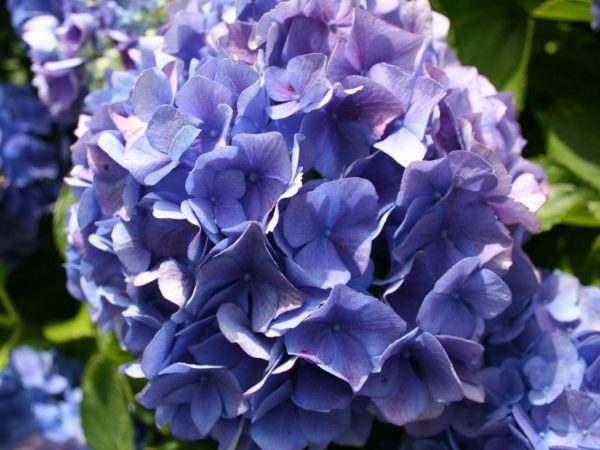
Hydrangea care at home in winter
Optimal timing
The timing of preparing hydrangeas for winter depends on the climatic characteristics of the region. The main rule is that at least 1.5 months remain before the arrival of a cold snap.
- In central Russia, work begins in October, covering by November.
- In areas with cool and rainy autumn, for example, in Leningradskaya and Pskovskaya, transplants and feeding are completed by mid-September and insulated until the first frost, which usually comes in October.
- In the Urals and Siberia, all events are held at the end of summer and the very beginning of autumn.
- In the southern regions it is possible until the end of October or the beginning of November.
Some flower growers rely on the lunar calendar As a general rule, on the full moon and new moon in the country they do not conduct any events related to the earth.
Care rules
Treatment for diseases and pests. Bordeaux liquid (3%) is sprayed with the bush itself and the soil around it.
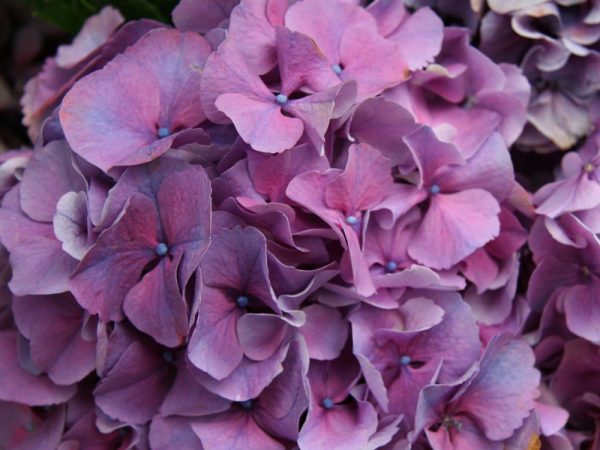
Wintering hydrangeas at home
Transfer. The procedure is intended for paniculate and tree-like hydrangeas and is not suitable for large-leaved hydrangeas (they are transplanted in spring).
Reproduction. Accompanies the transplanting of the bush. It is carried out by dividing an adult plant or by digging in layers.
Watering. If the autumn weather is rainy, with a lot of precipitation, the procedure is not carried out. In dry autumn, the bushes are watered, but much less often than in spring and summer.
Food. After flowering and drying of the buds, potassium-phosphorus mixtures or ready-made mineral fertilizers with an increased proportion of these substances are applied - this is necessary for laying vegetative and flower buds for the next season.
The use of nitrogen-containing compositions is completely stopped, because they stimulate the growth of fresh shoots and leaves. Wood ash, which alkalizes the soil, is also not used.
Features of pruning in the fall
Pruning technologies for different subspecies of hydrangea are different. So, paniculate and treelike form inflorescences on the shoots of the current year, and large-leaved varieties - on last year's stems.
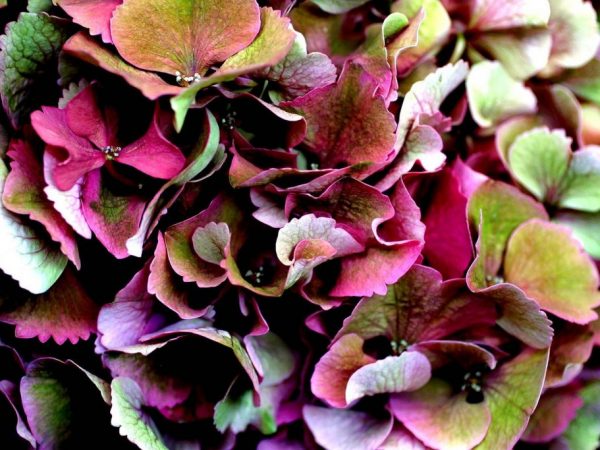
How panicle hydrangea winters
The bushes are cut off after the first frost, when all the foliage has fallen off and only dry buds remain. At the same time, while the petals of the flowers are still pink, blue or white and have not begun to brown, you should not rush to cut off. The pruned plant will start to sprout fresh side shoots, and this will weaken the crop before the cold season.
The basic rule for any variety is to leave a stock of 3-4 or more pairs of buds.The less ovaries are left, the more foliage there will be, but fewer inflorescences.
For paniculata
In paniculate varieties, in the fall, they are often limited only to the removal of wilted buds at the end of flowering, and all cardinal pruning is carried out in the spring.
Technology:
- cutting off flaccid panicles;
- trimming broken and dried shoots for sanitary purposes;
- cutting off perennial branches with slow growth to rejuvenate the culture;
- shortening healthy shoots for flowering;
- removal of stems that interfere with the development of the bush (weak, growing in the wrong direction towards the inside of the crown) for thinning.
For tree
The crown is pruned regularly, incl. in the fall.
The technology is similar to that used for paniculate varieties: zero shoots that have not bloomed in the current season are removed to the ground. The bush can also be shortened, leaving sprouts of 15-20 cm, with one pair of buds.
Often, winter bouquets are made from this variety: long shoots with spherical inflorescences are cut off and painted in different colors. Such compositions have been stored in the house for more than one year.
For large-leaved
To preserve the ability of flowering, large-leaved hydrangea must leave last year's shoots that did not bloom in the current season. Only faded biennial stems can be removed.
Many growers prefer not to prune this species until spring, but if necessary, remove dry inflorescences and the lower layer of leaves.
Preparing for winter
The technology of warming hydrangea growing in open ground for the winter depends on the variety and climatic conditions of growing.
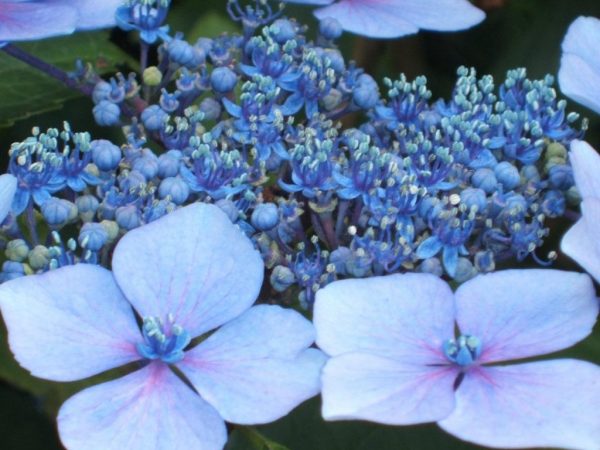
Hydrangea care for the winter in the country
Frost resistance of different types
The most frost-resistant of all is paniculate. It can withstand temperatures as low as -30 ° C-35 ° C. They are also resistant to cold and winds - petiole and Himalayan hydrangeas, but for oakleaf, you will have to prepare reliable protection against wind gusts and frosts.
Treelike varieties with too low rates suffer from freezing of young shoots, but with the onset of heat they quickly recover, releasing fresh stems.
The most frost-resistant is the large-leaved variety, in which flower buds cannot be preserved without shelter. They freeze out, which causes the lack of flowering.
The need for insulation
Warming for the winter can be abandoned for paniculate and tree-like varieties, limiting only to hilling bushes. The large-leaved hydrangea needs to be covered when grown in any region.
Regardless of the variety, young seedlings (up to 2 years old) are subject to protection.
Shelter features by region
For the wintering of hydrangeas, air-dry shelters are built:
- shoots are tied;
- a frame made of mesh or boards is organized around the bush to a height of about 10-15 cm above the length of the flower;
- the inner space is filled with dry foliage;
- the structure is covered with lutrasil, agrofibre, spunbond.
This density is suitable for protecting a horticultural crop grown in the middle lane.
In the Urals and Siberia, they try to insulate the flowers growing in the garden with a double or triple layer of covering material, and on top of it they additionally organize an insulating flooring of coniferous spruce branches or shrub branches.
Winter storage of cuttings
Some gardeners who practice frost-resistant varieties prefer to dig up bushes for the winter and store the cuttings indoors.

How to keep hydrangea in the winter in the country
For storage in a private house, dry cellars are suitable, in which:
- the air temperature does not rise above 3 ° C-4 ° C, with higher degrees, there is a risk of kidney awakening;
- humidity is maintained at a level of up to 70%, otherwise there is a threat of the onset of decay processes;
- proper ventilation is ensured as stagnation of air, accompanied by waterlogging, will cause the appearance of a fungus.
During winter storage, cuttings of hydrangea are watered as the soil dries, no more than once every 2 weeks.
A bush bought for planting in the spring can be left at home in an apartment, providing it with sufficient lighting and the necessary watering. In winter, with a reduced light day for a flower culture, additional lighting with fluorescent lamps will be required. Closer to spring, the pot is exposed to the open air to harden the flower, increasing the residence time daily, starting from 1-1.5 hours.
Restoring a bush after winter
The covering material is not immediately removed with the onset of heat:
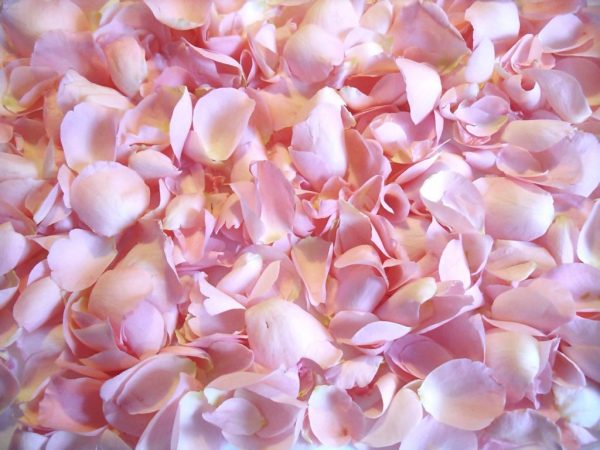
How to prepare hydrangea growing outdoors for winter
- firstly, there is a threat of recurrent frosts;
- secondly, the bright spring sun can cause leaf burns.
You can rush to remove only a polyethylene shelter that does not allow air and moisture to pass through. But first, in order to adapt the plants, holes are made in it for the passage of oxygen and only after a few days they are completely removed.
It is recommended to remove the covering material after the snow has completely melted with the final establishment of warm weather outside. Most often it occurs at the end of April - May.
Freezing of garden culture during the winter affects the appearance: the tips of the shoots will dry out. Properly organized spring care helps to restore the bush - sanitary pruning of damaged fragments, the organization of regular watering and the introduction of nitrogen-containing fertilizers.
Massive damage to hydrangea causes the lack of flowering. But you shouldn't dig it up. If properly cared for, the plant adapts after 1-2 years and activates budding.
To speed up the awakening of overwintered horticultural crops helps to regulate the acidity of the soil. The alkali accumulated in the ground slows down the development of hydrangeas.

